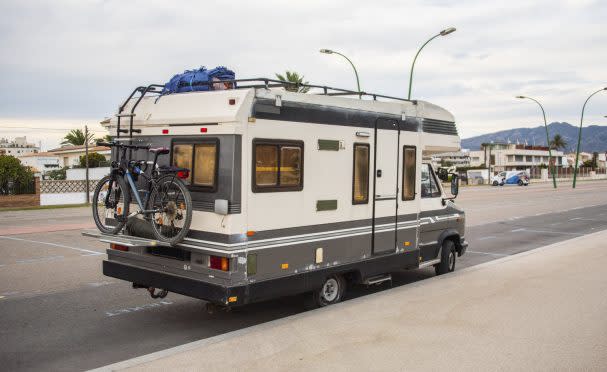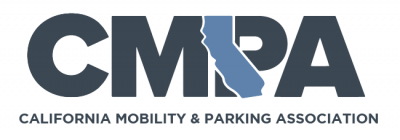
Inhabited Vehicles and AB1685
By: Christina Jones, MBA, CAPP
The public right-of-way, specifically the curb lane, is a limited and complex resource entrusted to municipal agencies to manage on behalf of the public, including all stakeholders and the many demands placed on this valuable space. The most visible use of the curb lane supports the storage of personal vehicles: parking. Loading and unloading of goods and people occur here as well with freight, transit, and on-demand mobility services. Over the past decade and exponentially over the past two years, the demand for this use of the curb to serve commercial and residential uses has increased.
One of the many fallacies relating to parking and the public right-of-way is that it is a free and abundant resource. The cost of the right-of-way includes initial capital costs, structural maintenance and repairs, utilities and infrastructure, sewer and storm drains, public safety, enforcement and adjudication of fines, and collection of revenues. As one component of curb management, regulating on-street parking brings order to a complex, shared place with many competing uses. In short, curb space must be managed, typically under the purview of the local jurisdiction, to ensure that it properly serves its multiple functions for the benefit of the public.
Space at the curb is shared space and is ultimately finite. While off-street parking in surface lots and structures may be increased, albeit at significant expense, the capacity of the curb can only be ensured through turnover; thus, the reason for enforceable regulations that do not broadly exempt any one group of users but instead ensures that the curb is accessible to all members of the public equitably.
Christina Jones, MBA, CAPP, discussed the impacts of inhabited vehicles in the November 2020 issue of Parking & Mobility and recently spoke on the subject with SWPTA and on related landmark court decisions at the October 2021 Colorado Transportation Symposium.
